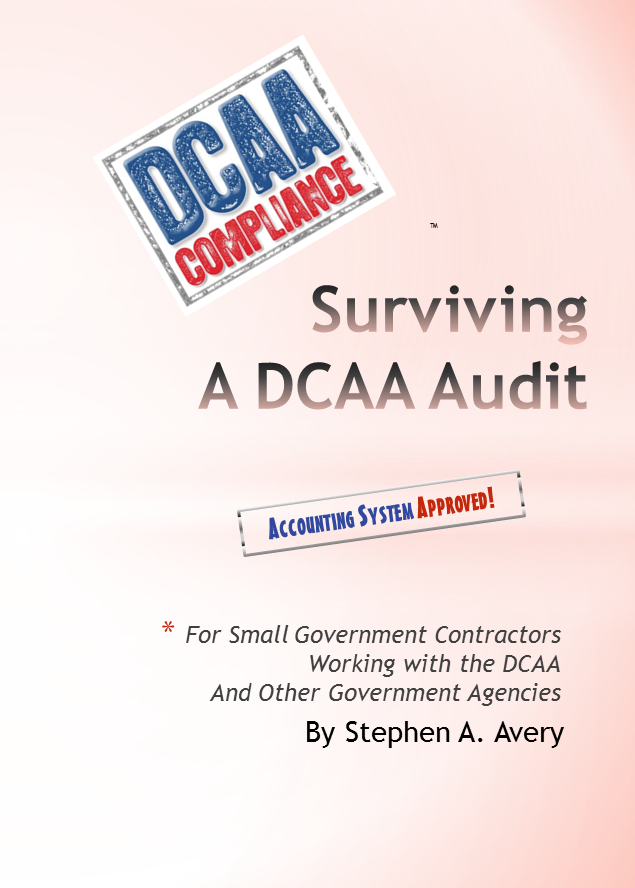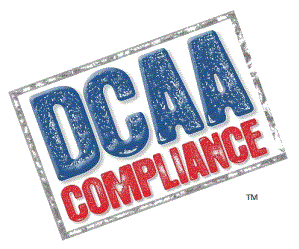We Are Doing Fine Without ALL OF THIS. We bid the Rates that Will Win the Contract and Still Make a Profit
I, for one, believe in the common sense I discover time and time again among small business contractors. Actually, without their common sense, my work would prove extremely difficult. They know when they are in trouble and they know when they are not.
Of course, in my humble opinion, backing up this common sense with data makes the small business decisions even more effective.
In almost every single contractor without DCAA activity I work with, the rates they bid are different on every proposal. Sometimes the use of different rates arises out of a perceived change in rates, but many times it is the pressure to feel competitive.
In a world without DCAA, the lack of accurate rate information is beginning to haunt contractors. Two recent GAO appeals (one involving an Air Force contract) illustrate the problem:
And this one
Here, we find that the agency’s acceptance of the unsupported G&A rates for eight of the awardees was unreasonable and inconsistent with the solicitation requirements. The RFP required that the proposed G&A rates would be evaluated using a cost analysis “based upon verification of the offerors’ cost submissions for their G&A rates and confirming that the submissions are in accordance with the contract cost principles and procedures described in FAR Part 31.”RFP, Tab 3 at 33.The protester, whose proposal complied with the solicitation requirements and whose G&A rate was supported by its certified financial statements, was prejudiced by the agency’s actions as follows: one offeror did not comply with the requirement to submit certified financial statements or a DCAA report; two offerors’ rates could not be verified by the information submitted; and five offerors proposed significantly lower rates than those identified in the certified financial statements they submitted with their proposals.AR, exh. 6, SSDD at 79-84. As a result, these offerors were viewed as offering a lower “price” to the government since the agency was using G&A rates as a proxy for price or cost. There is nothing in the solicitation that informs offerors that the agency would accept a G&A rate that was not supported by certified financial statements or DCAA reports and verified through a cost analysis of the required cost submissions. Accordingly, we sustain this basis for protest.[2]
Since contracting officers can no longer rely on DCAA to verify proposed contractor rates the burden now shifts to the contractor to defend those rates. A good defense arises out of a good cost accounting system.
A good cost accounting system also allows the contractor to defend any proposed changes to the rates. This is common due to the exponential growth experienced by successful small contractors.
I call this the “plumbing argument”. The plumbing costs in building a 2,000 square foot home as compared 5,000 square foot home are not as dramatically different as one would think as the plumbing layout is fairly centralized. Thus, plumbing costs more in a 2,000 square foot home than a 5,000 square foot home per square foot while the total cost of plumbing in the large home is a bit more.
This is also true of G&A costs. You are only going to need one Controller if you employ 100 people or 1,000 people, but she will cost more per employee for the smaller company.
But none of this does you any good if you do not know the costs and cannot do the math.
[1] Matter of: Quantech Services, Inc. File: B-408227.8; B-408227.9 Date: December 2, 2015 http://www.gao.gov/products/D12374# =e-report
[2] Matter of: West Coast General Corporation File: B-411916.2 Date: December 14, 2015 http://www.gao.gov/products/D12409#mt=e-report
EXCERPT from Surviving a DCAA Audit: The Accounting System: For Small Government Contractors Working With the DCAA and Other Government Agencies available on Amazon.


2 thoughts on “Some of the Strange Things Contractors Say”
Comments are closed.